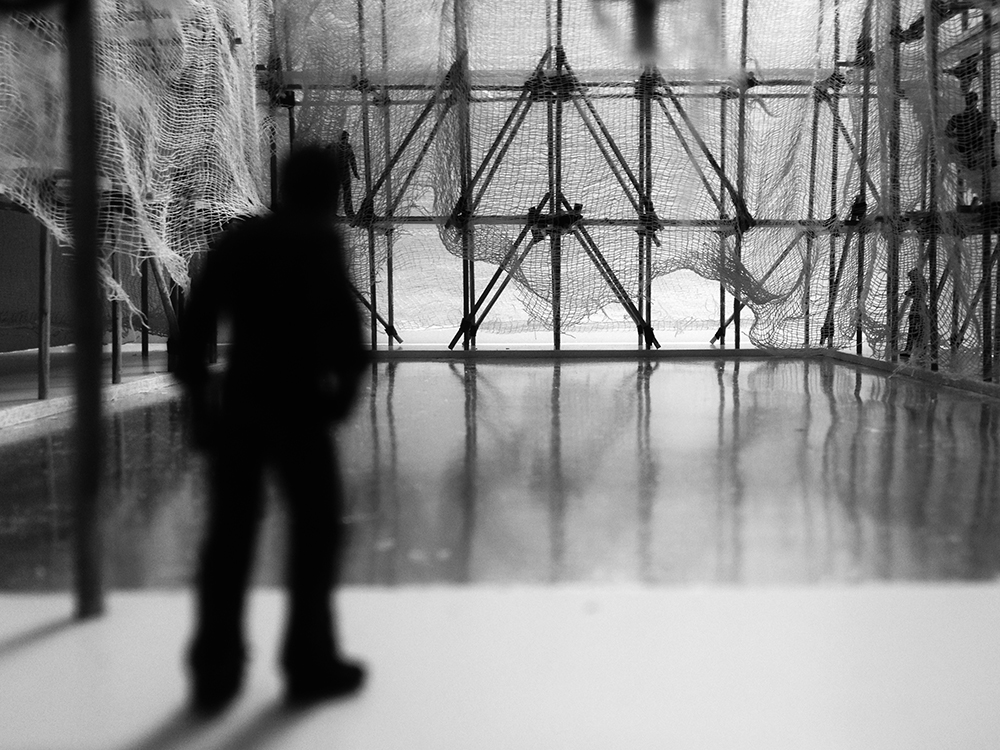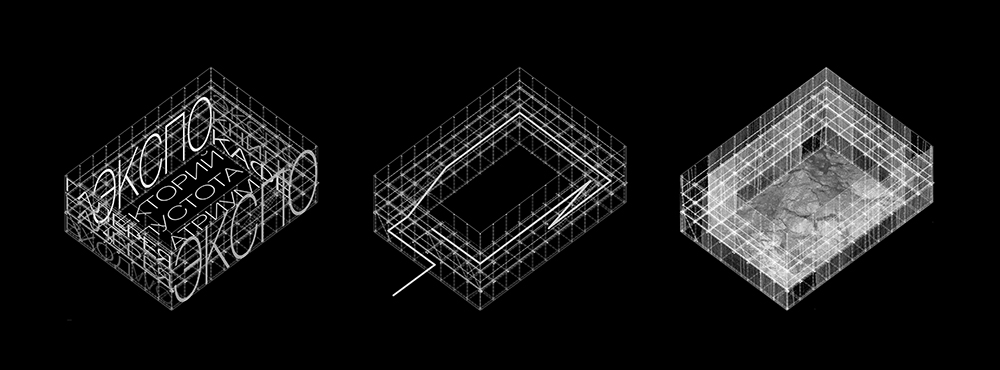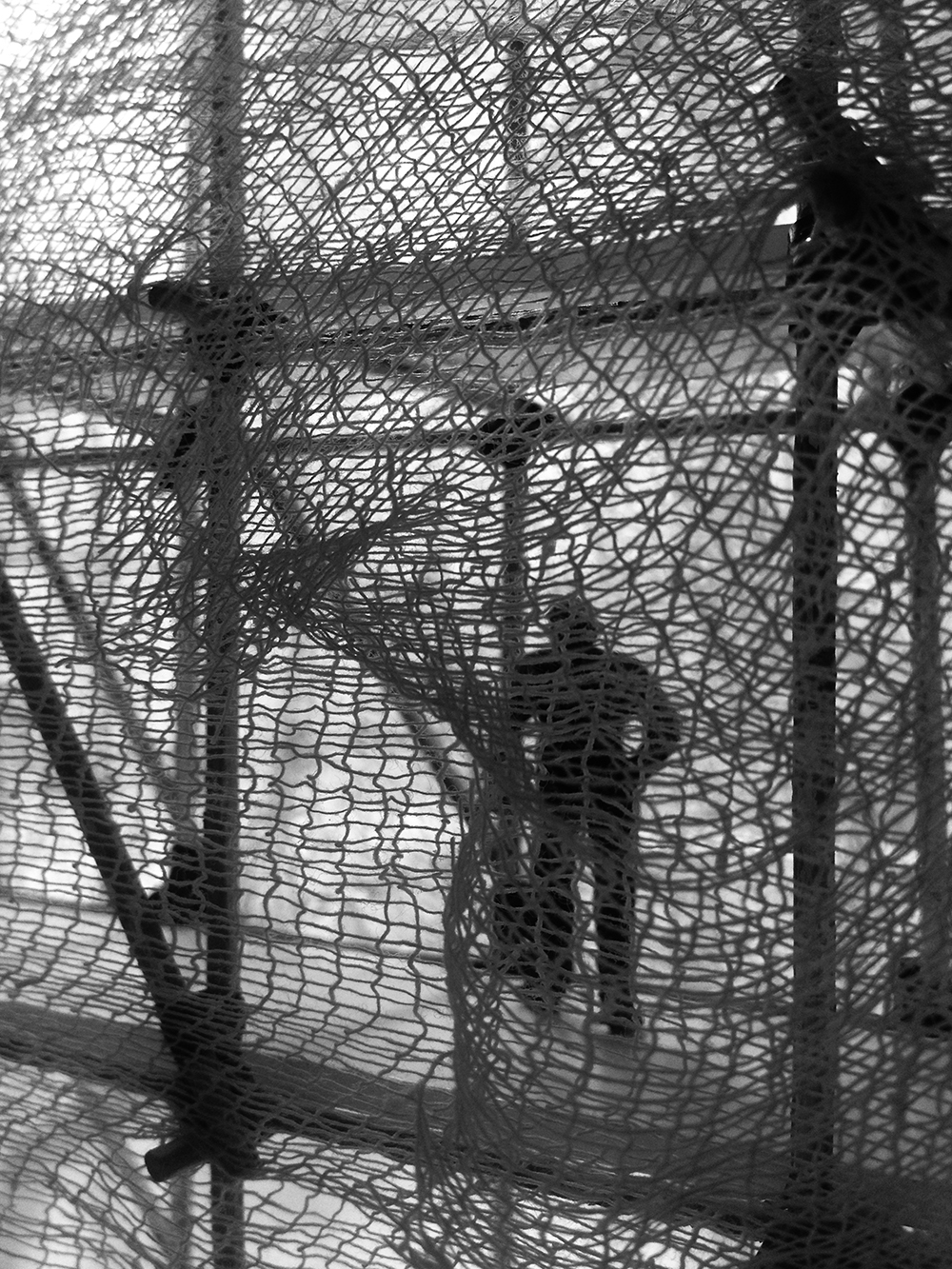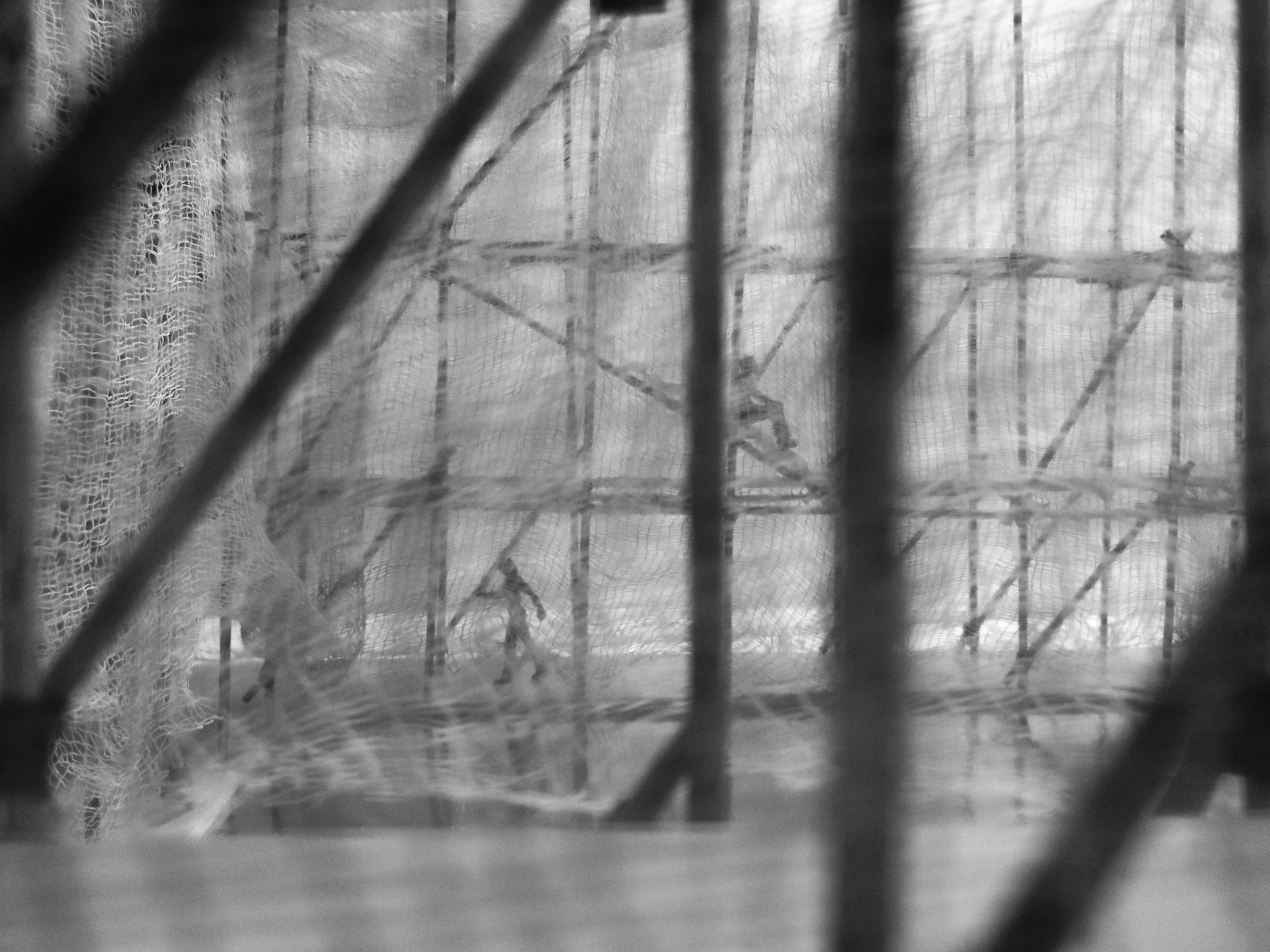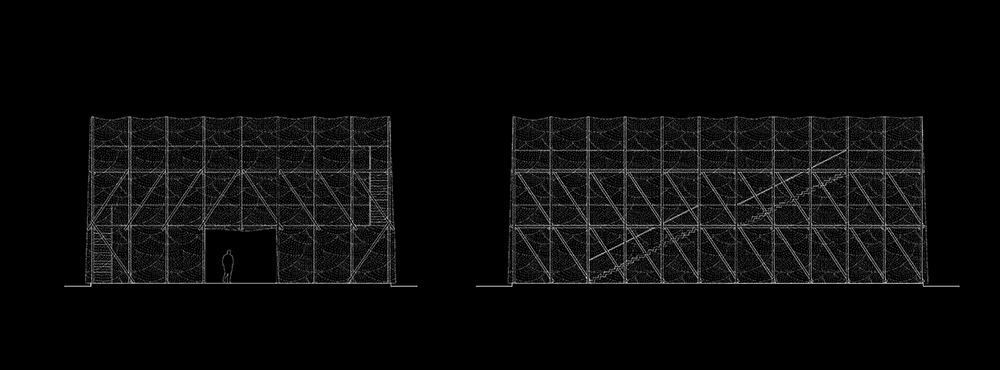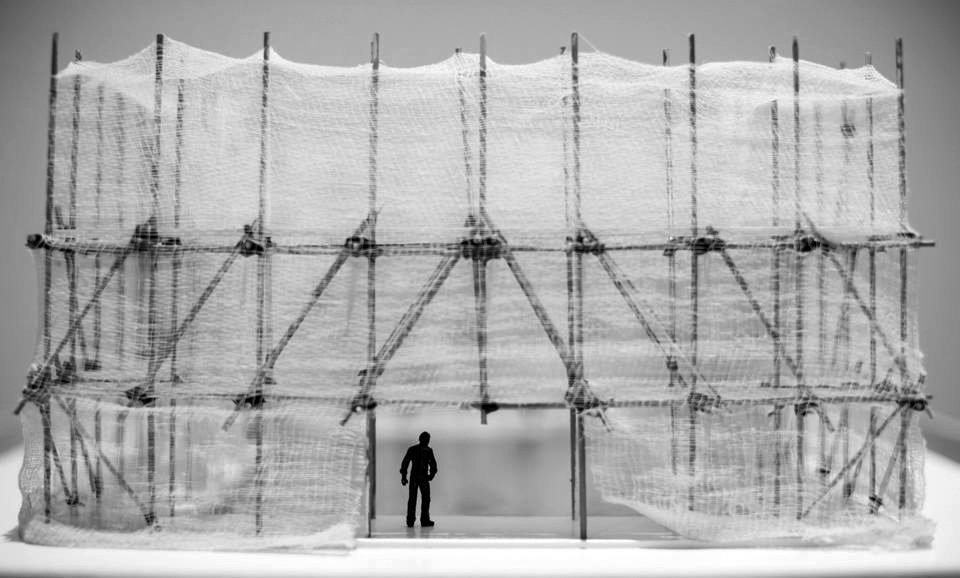Becoming: The Russian Pavilion in Venice
2014
Does architecture exist without form? Where does the line between discrete reproduction of traditions and their critical reinterpretation and contextualization lie?
In this project, reflections on the chronic "becoming" of contemporary architecture are juxtaposed with excerpts from the work of Viollet-le-Duc, "Conversations about Architecture."
The pavilion was conceived as a zero object, a body without organs, a monument to construction, a memorial to emptiness. Formally, "Becoming" is both a manifesto and a form of the manifesto of the absence of form as such.
Chronic incompleteness (inadequacy) of thought and actions and, as a result, the absence of form, in turn, alludes to traditional spatial regularities. Strictly ordered framing is merely a prerequisite for o-form-ing.
Viollet-le-Duc on traditions:
"Firstly, there is the continuous continuity of traditions, with each generation reproducing the forms adopted by the previous generation. Sometimes necessity forces one to change construction methods and materials, but this does not affect the immutable forms - they continue to exist despite these new conditions, so builders in a country devoid of marching forests continue to reproduce in stone or brick the forms that were used by their ancestors who lived in forests. On the contrary, in Greek art, as in philosophy, the method of research and criticism prevails."
"We architects, bound by several depraved traditions, never having the power of dogma, falling under the sway of the most inexplicable fantasies, reproducing forms that have no meaning for us, forms that, even on the day they appeared, arose without criticism and without serious testing; we, mumbling in a corrupted dialect, talk about the Greeks, we go to Greece to study architecture - and for what? Is it not to imbue ourselves with the bold spirit of the Greeks, their clear reason, their wise experience?"
Author: Mikheil Mikadze
